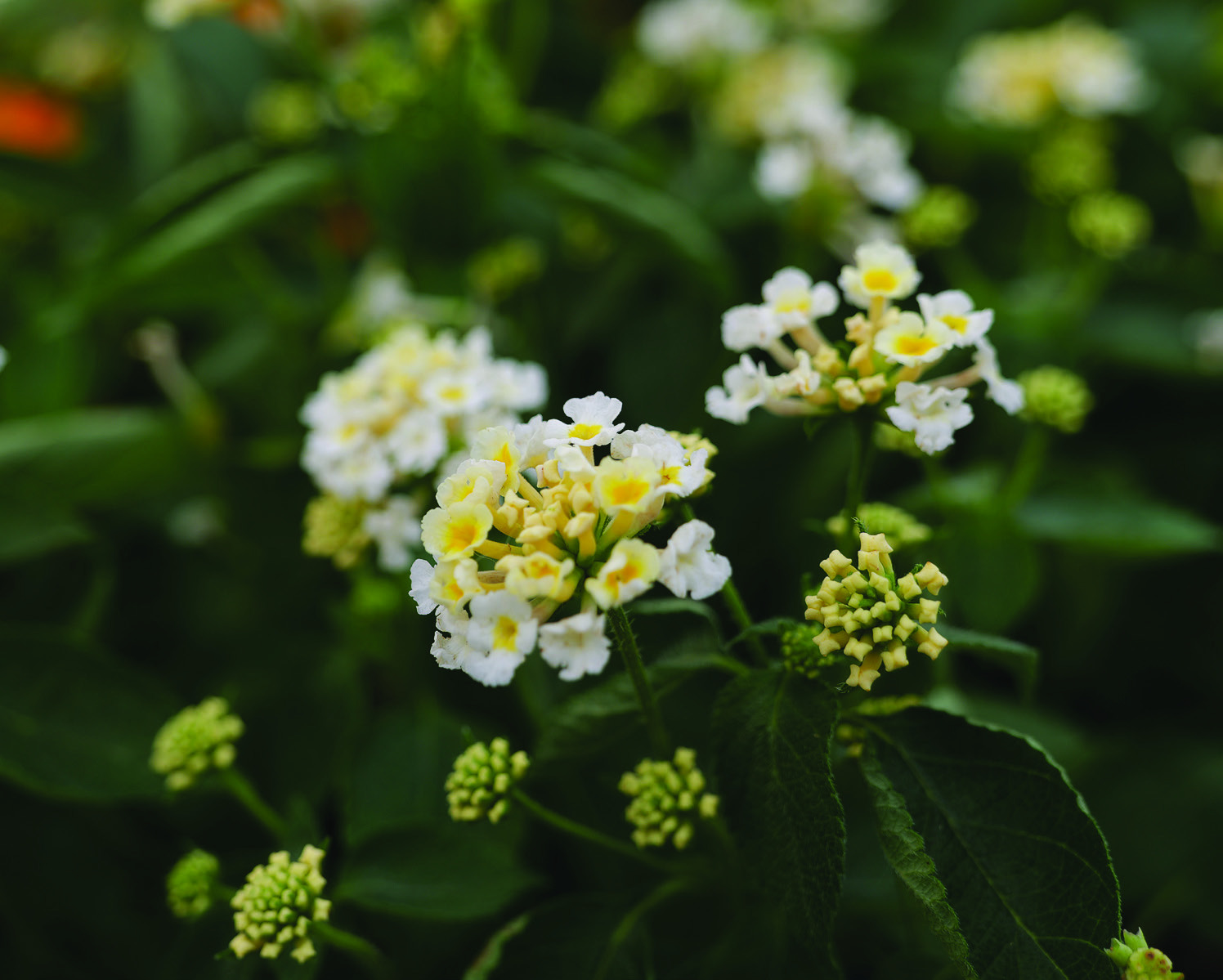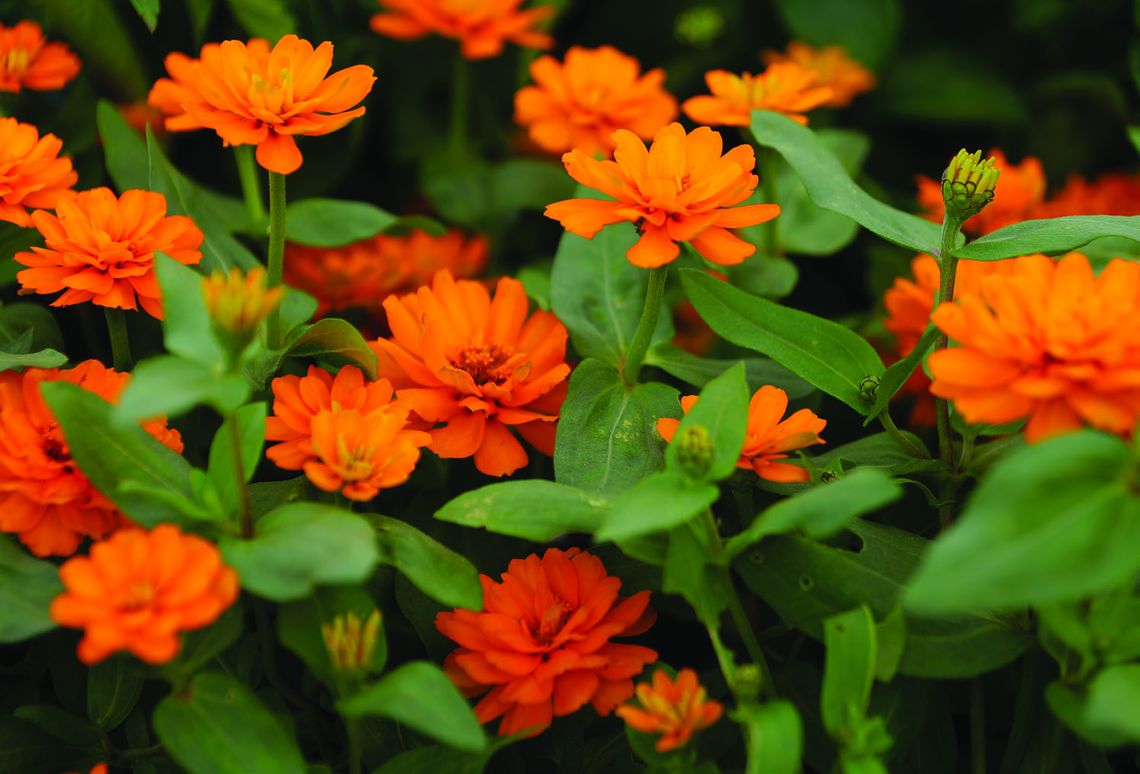Get it growing
It’s spring, and everyone seems to have the gardening itch. If you head to your local garden center right now, you’re likely to find the place stuffed to the gills with warm-season plants and bustling with customers.
Shopping for plants this time of year can be exciting. There’s so much to choose from, and everything is so colorful! But this wide variety can also prove overwhelming. How is one to decide which plants to bring home?
You can start narrowing down your options by thinking about the lighting conditions in your garden. When shopping for plants, you’ll notice tags indicating daily sunlight requirements — usually listed as full sun, part sun, part shade and full shade.
Here’s a quick vocabulary lesson: — Full sun: Six or more hours of direct sun.
— Part sun: Four to six hours of direct sun, including intense afternoon rays.
— Part shade: Four to six hours of direct sun before midday.
— Full shade: Less than four hours of direct sun.
Plants rated for shade may scorch if they get too much sun. And full-sun plants that don’t get enough light won’t bloom as much — or at all — and could struggle in other ways. So it’s important to pay attention to these labels and select plants that are a match for your garden.
Another suggestion: Focus on tough plants that have been battletested in Louisiana’s hot, humid climate. Those that have been designated by the LSU AgCenter as Louisiana Super Plants are a good place to start. They’ve passed years of scientific evaluations with flying colors. You can learn more about this program and see a list of Super Plants at www. LSUAgCenter.com/SuperPlants.
And, if you still feel like there are just too many plants out there, AgCenter horticulturist Jason Stagg has you covered.
Some of Stagg’s favorite plants for full-sun locations are: — Lantana. This plant, known for its vibrant flower clusters that attract pollinators, does well in both containers and in-ground gardens. During average winters, most lantana cultivars are reliably perennial, meaning they come back year after year. “Lantana comes in myriad colors, and now, a lot of the lantana stays in a smaller, bushier form, so it’s a little better behaved in the garden,” Stagg said.
— Zahara and Profusion series zinnia. These drought-tolerant, disease-resistant zinnias are great for Louisiana gardens and loved by pollinators. “They form nice little mounds that are full of color all summer long,” Stagg said. Both series include classic zinnia shades of orange, yellow and pink.
— FlameThrower series coleus. “Don’t forget foliage color for full-sun areas,” Stagg advised. This Louisiana Super Plant selection offers leaves with interesting patterns of vivid reds and greens on compact plants. “This plant comes in so many different color combinations, you’re sure to find to find something that’ll work with your color scheme,” Stagg said.
For shady areas, there are fewer flowering choices than in sunny gardens. But Stagg said you can still achieve a beautiful, colorful garden with these plants: — Beacon series impatiens. Impatiens produce vibrant blooms against deep green foliage. A Louisiana Super
AgCenter)
Plant selection, the Beacon series includes many flower colors; Stagg favors coral, which pops in the shade and has a summery feel. “These will mass and do really well in the shade,” he said. Beacon series impatiens also have a proven disease resistance record.
— Caladium. These variegated, heartshaped foliage plants have been around for decades but sometimes get forgotten. You can find many colors — from whites to pinks to reds — and patterns. Carolyn Whorton, which sports deep pink and green variegations, is a popular cultivar in Louisiana. “They’re going to throw tons of lush, tropical color in any shady space,” Stagg said.



